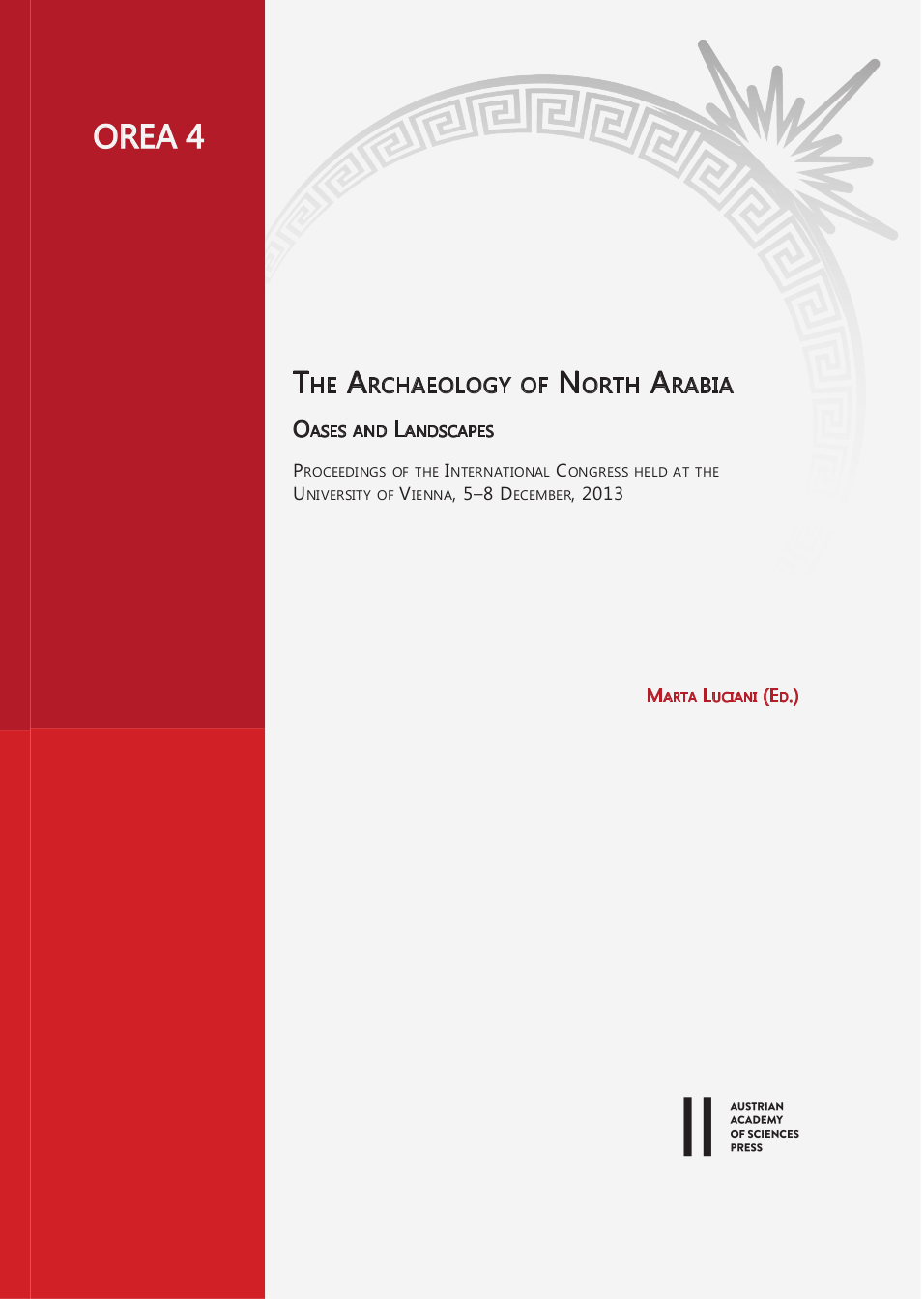
The Archaeology of North Arabia, Oases and Landscapes, pp. 281-298, 2016/11/30
Proceedings of the International Congress held at the
University of Vienna, 5-8 December, 2013
Madāᵓin Ṣāliḥ (ancient Hegra) was a major Nabataean political and commercial centre on the Incense Road. Since 2008, a joint Saudi-French Project has carried out archaeological excavations at the site, revealing a long occupational history which actually extends far before and beyond the Nabataean period – from the mid-1st millennium BCE to the mid-1st millennium CE. This paper focuses on Areas 2 and 9, which shed particular light on the early history of the settlement. The results from these areas provide evidence for occupation in the period of the Lihyanite kingdom and suggest that the transition from the Lihyanite to the Nabataean phase was a longer and more complex process than previously thought, at least in terms of material culture. These results also illuminate the urban development of Hegra, from a relatively narrow settlement on the bank of a wadi to a considerably expanded city with fortifications, featuring a certain degree of town-planning.
Keywords: Lihyan, Nabataeans, Hegra/Madāᵓin Ṣāliḥ, al-ᶜUlā painted pottery, urban development